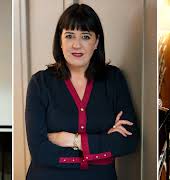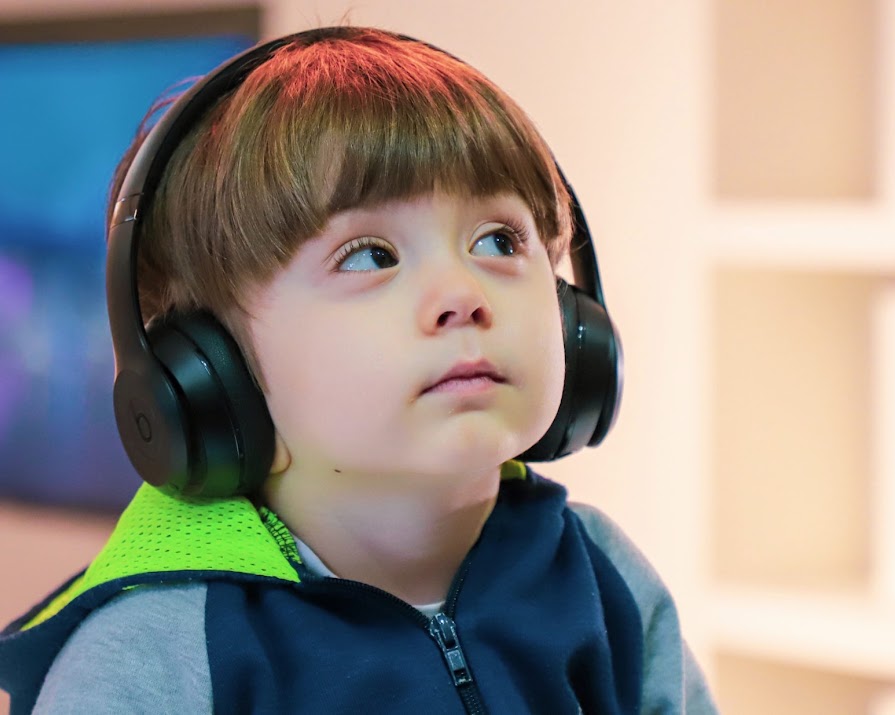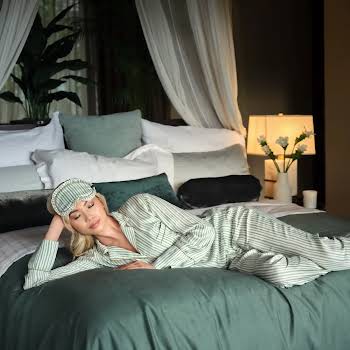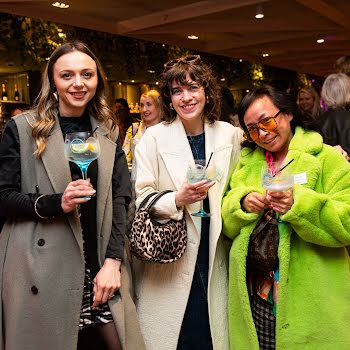By Grace McGettigan
18th Feb 2020
18th Feb 2020
If you’re looking for something different to do with the family this weekend, but you’re not sure where to go that’s accessible to everyone, consider a visit to the National Gallery
Did you know the National Gallery of Ireland is fully accessible to people of all abilities? Whether you have mobility or sensory issues, vision or hearing impairments, even chronic pain – the gallery has tools in place to make your visit comfortable and enjoyable.
Located in Dublin 2 near Merrion Square, the National Gallery dates back to 1864; a time when the collection comprised of just 112 pictures. Today, it houses a rich collection of over 16,300 artworks.
Over the years, the gallery’s team has been committed to serving the people – that is all people – of Ireland. “Our vision is to inspire, encourage and support learning through art in a positive and inclusive environment,” they say.
Here are just some of the ways the National Gallery is accessible to all…
 National Gallery of Ireland
National Gallery of Ireland
Visually impaired
There’s a misconception that art must be seen to be enjoyed. At the National Gallery, special techniques are used to make art accessible for people who are visually impaired. On a recent visit to the gallery, Access Officer Brina Casey told IMAGE.ie, “We interpret the collection for you”.
For example, special ‘swell paper’ allows art to be felt, she explains.
For this to work, a gallery painting is copied onto a sheet of swell paper, which is then put through a special heat machine. The heat causes the lines on the paper to rise up from the page, which means someone who is visually impaired can feel the picture instead of seeing it.
What’s more, multiple swell paper images can be made from the one painting; one to feel the outline of what’s happening in the painting; another to feel the differences in colour, and another to highlight the differences in brush strokes.
This tactile experience, when provided within the gallery setting, gives visually impaired visitors a true sense of the art around them. What’s more, it is free of charge and available to small groups of two-to-three people at a time.
Guide dogs
If anyone would like to visit the gallery with their guide dog or service dog, Brina says dishes of water are provided to ensure your dog is comfortable at work.
View this post on Instagram
Hearing impaired
Gallery tours for people who are deaf or hard of hearing are available too. These tours are led by guides trained in sign language, while hearing induction loops can be fitted at the information desks, the lecture theatre and gallery shop if needed.
If you’re hard-of-hearing but would prefer to explore the gallery without a tour guide, free audio guides with adjustable volume controls are available from the information desk.
Sensory issues (including autism)
Workshops for children with sensory issues (including autism) are also available at the National Gallery. These are organised in calmer sections of the museum, at calmer times of the day; with low lighting in the room, and rugs and cushions on the floor.
Not only that, but the area will be blocked off from noisy outsiders and passers-by, ensuring the child is in a comfortable, safe space.
The gallery’s access officers are also happy to provide pamphlets to parents ahead of time. These pamphlets contain practical advice (such as which entrance is quietest), as well as tips to prepare the child so they’re not overwhelmed on arrival.
Chronic pain and immobility
The National Gallery understands that not everyone feels up to (or feels able) to keep up with standard museum tours. For that reason, the ‘At Your Pace’ tour allows people with chronic pain and/or mobility issues to enjoy art at their own pace.
Free of charge, the tour focuses on the simple pleasure of experiencing art. It requires little walking, and what’s more, seating will be available at all times.
The tour, which is perfect for anyone who needs to move slowly, is available twice-monthly (on the first Saturday of each month at 3.30 pm and the third Monday at 11.30 am).
 National Gallery of Ireland, Clare Street entrance
National Gallery of Ireland, Clare Street entrance
Wheelchair accessible
The gallery is fully wheelchair accessible via the Clare Street and Merrion Square entrances, and disabled parking spaces are located outside the building at Merrion Square.
Inside, elevators and ramps make each of the galleries easily accessible, while appropriate bathroom facilities are on-hand.
It’s also important to note there is a changing facility (including a hoist) for guests who need it.
If you are not wheelchair-bound but have some mobility issues, wheelchairs are available to rent (free of charge) at the gallery’s reception on a first-come, first-serve basis.
And much more…
In addition to the facilities mentioned above, the National Gallery also offers workshops for adults living with dementia.
What’s more, they provide free entry for carers to all ticketed exhibitions and education events.
For more information about the tours and services available at the National Gallery, visit NationalGallery.ie/VisitUs.
Top photo by Alireza Attari on Unsplash
Read more: Wheelchair accessibility is the only upside to Dublin’s ongoing gentrification
Read more: These four films changed the way I saw my disability
Read more: Dyspraxia – The hidden disability that could be affecting your child’s behaviour
























